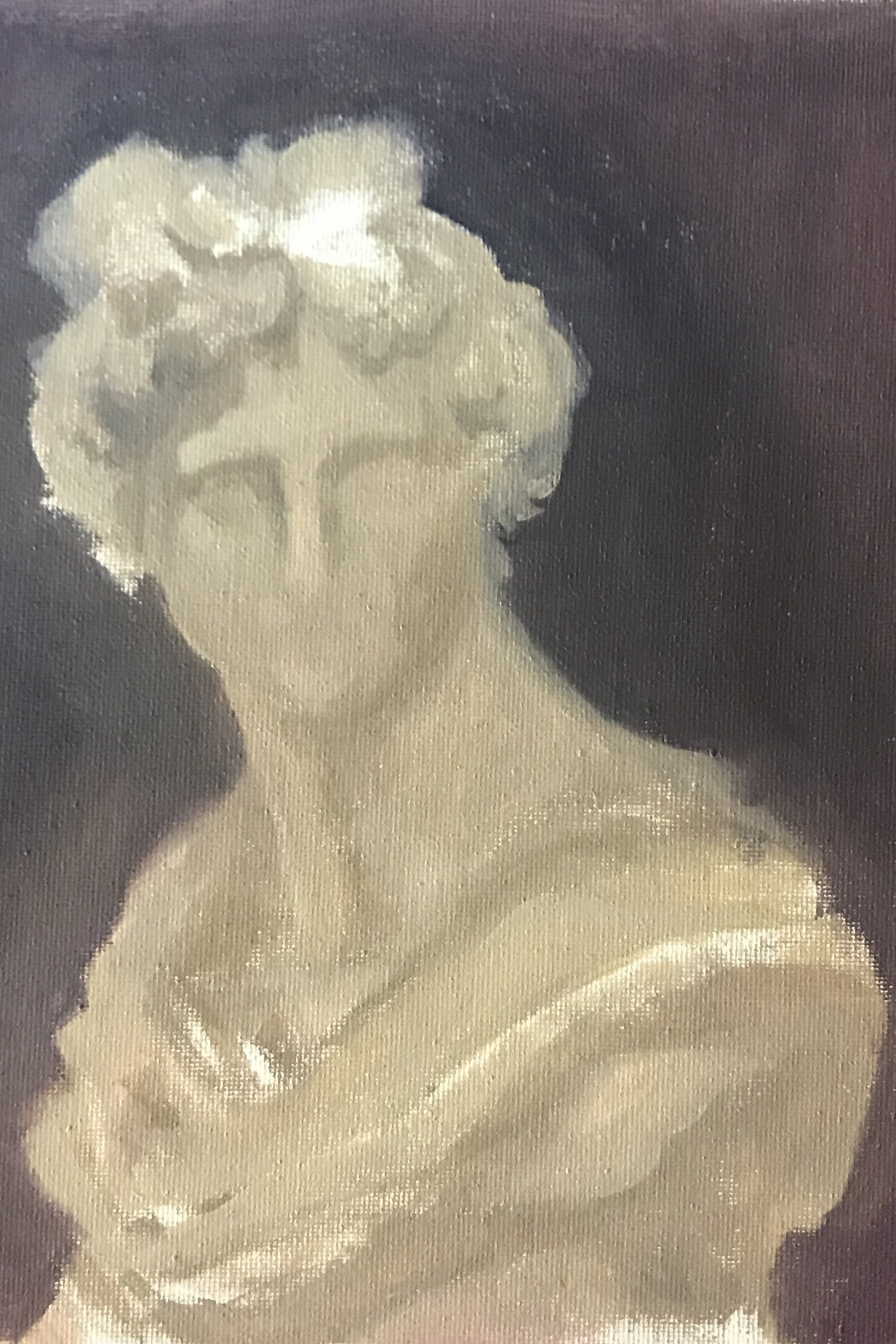Convolution Inequalities with Probability Distributions
Main Article Content
Abstract
There are many results related to inequalities linked to convolutions. We can create a new probability distribution from well-known probability distributions. One of the classical method is addition. If we want to find the probability distribution of the sum of two independent probability random variables then we need to find the convolution of their distributions. In this paper, I computed the upper bound of the convolution of several several independent random variables: Normal Distributions and Exponential Distributions.
Downloads
Article Details

This work is licensed under a Creative Commons Attribution-NonCommercial 4.0 International License.
Authors who publish with this journal agree to the following terms:
- Authors retain copyright and grant the journal right of first publication with the work simultaneously licensed under a Creative Commons Attribution License that allows others to share the work with an acknowledgement of the work's authorship and initial publication in this journal.
- Authors are permitted and encouraged to post their work online (e.g., in institutional repositories or on their website) prior to and during the submission process, as it can lead to productive exchanges, as well as earlier and greater citation of published work (See The Effect of Open Access).
- Student authors waive FERPA rights for only the publication of the author submitted works.
Specifically: Students of Indiana University East voluntarily agree to submit their own works to The Journal of Student Research at Indiana University East, with full understanding of FERPA rights and in recognition that for this one, specific instance they understand that The Journal of Student Research at Indiana University East is Public and Open Access. Additionally, the Journal is viewable via the Internet and searchable via Indiana University, Google, and Google-Scholar search engines.
References
David F. Anderson, Timo Sepppalainen and Benedek Valko,“Introduction to Probability”, Cambridge, https://doi.org/10.1017/9781108235310
Richard C. Barnard, Stefan Steinerberger, “Three Convolution Inequalities on the Real Line with Connections to Additive Combinatorics”, Journal of Number Theory 207, p. 42-55 (2020)
SABUROU SAITOH, VU KIM TUAN, AND MASAHIRO YAMAMOTO, “CONVOLUTION INEQUALITIES AND APPLICATIONS”, Journal of Inequalities in Pure and Applied Mathematics, Volume 4, Issue 3, Article 50, (2003)
Eric A. Carlen, Ian Jauslin, Elliott H. Lieb, Michael P. Loss, ”On the convolution inequality". International Mathematics Research Notices, Oxford University Press (OUP), http://dx.doi.org/10.1093/imrn/rnaa350 (2021)

